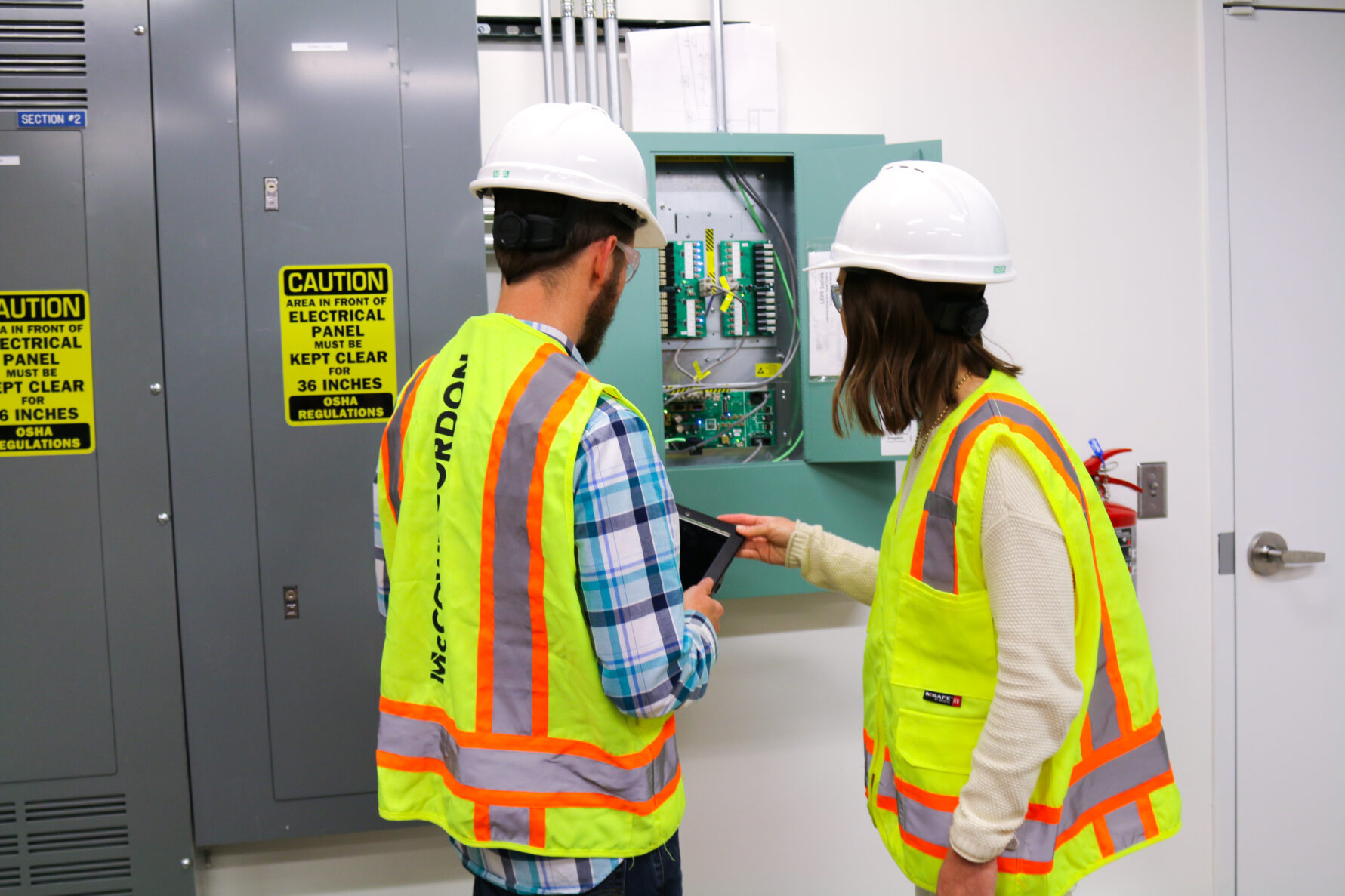Robust facilities assessment and preconstruction services pay dividends for school districts
Facilities Assessment and Preconstruction Services

Environment plays a major role in learning. As facilities age, district enrollment changes, and curricular needs evolve, district leadership must decide whether to expand facilities or renovate existing ones in order to maintain effective learning environments for its students. The process is incredibly complex but, if done well, can result in improved efficiencies while also meeting desired educational outcomes.
Each district is different. Each school is different. And each upgrade is different. One universal theme, however, is to ensure facilities accommodate learning and are built or upgraded in the most financially responsible way possible. In order to do that, a district must clearly define goals, needs and wants, and determine the most cost-effective way to deliver those to the community.
“Every building constructed with public funds should take into account the entire facility’s lifecycle,” said Darin Headrick, project development manager at McCownGordon Construction and former superintendent of USD 422 in Greensburg, Kansas. While district leadership is often focused on the cost of the build itself, Headrick advised looking further into the future.
“When considering the cost of a new or upgraded facility, only about 20 percent of the lifecycle cost is initial construction while about 80 percent is the ongoing operations and maintenance costs. If districts cut corners on the build, they’ll pay for it down the line.”
Figuring out how to get the greatest value from taxpayer dollars while delivering on the needs of a school takes considerable planning. To determine the best approach on a K-12 education construction project, facility assessments and preconstruction services are crucial.
Facility assessments enable school districts to understand their existing spaces at a very detailed level by identifying both challenges and assets. The entire preconstruction process consists of a deep dive during the planning phase. It engages specialists such as electrical, mechanical, and structural engineers, as well as building code compliance teams to get a full picture of the potential project. Together they help district leadership make the best decisions for their school systems and communities.
Construction management firms like McCownGordon can help schools use taxpayer money in the most responsible ways.
The company works collaboratively with district leadership and architects to understand the project from the district’s perspective.
“We make sure we’re advising schools on the most efficient way to allocate their budget,” said Headrick. “Our objective is to deliver all the must-haves and as many of the wish-to-haves as the budget allows.”
Headrick cited an example from a previous project where the design featured a new gym. The drawing looked great and had all the important features. But, after performing an assessment and looking at the new gym’s lifecycle costs, McCownGordon discovered that the school could save approximately $300,000 by building the same structure in a different location on the same building site.
Headrick’s advice is to engage with a firm that can provide those services as early as possible in the planning process.
“You can never hire a construction manager too early, but you can hire them too late,” he said. “The sooner you bring us on board, the more effectively we can maximize your budget.”
Interested in learning more? Check our K-12 projects and sign up to receive newsletter.
Follow Us
McCownGordon strives to be a thought leader in our industry and provide continuous insight and updates to our clients to ensure we're keeping up with the latest technology and safety standards and regulations.
Sign Up




